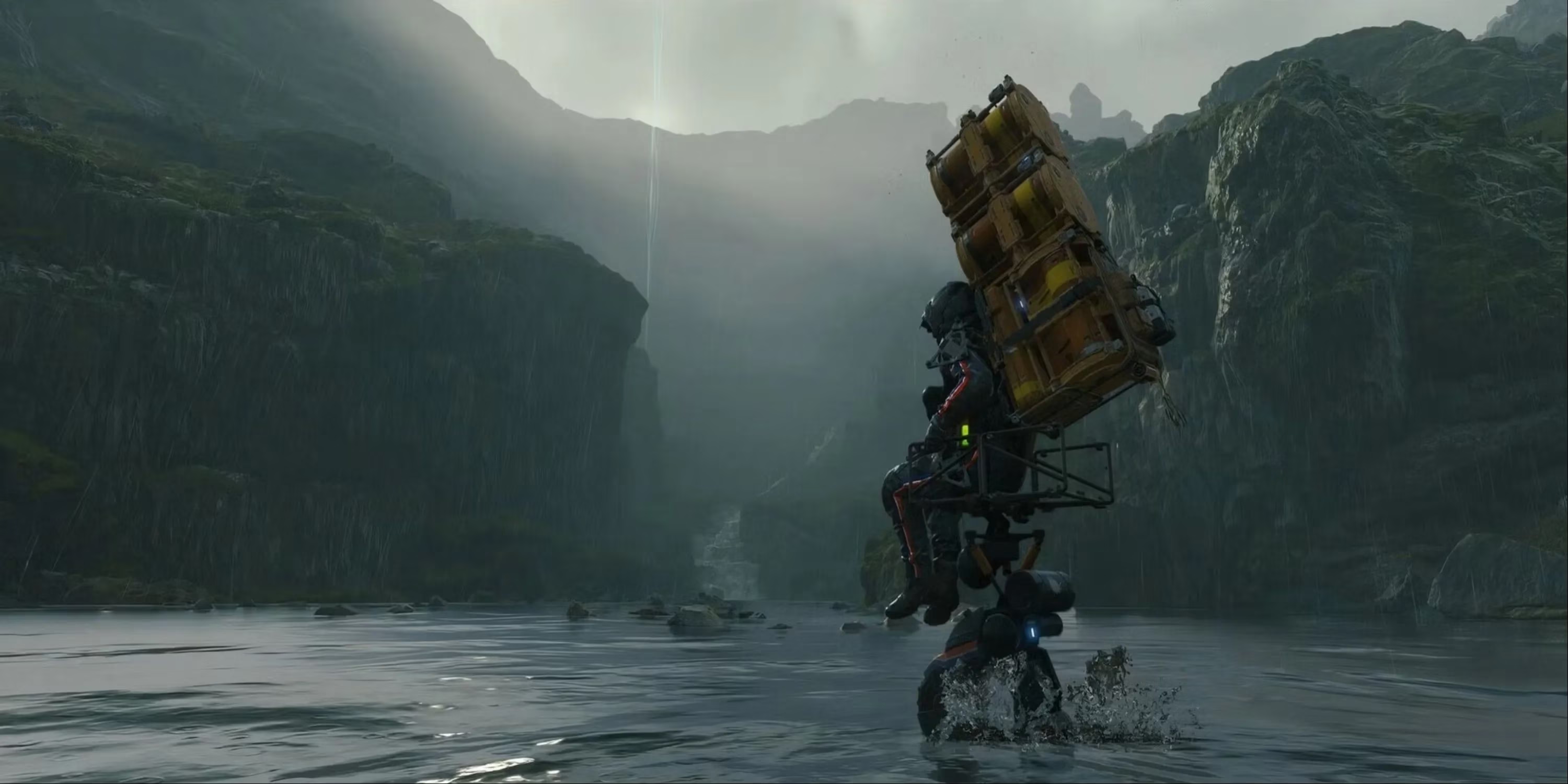Kojima's Skin Deep Issue in Death Stranding 2
Explore Kojima's challenging quest to blend Hollywood stars with authentic Asian representation and photorealistic beauty in Death Stranding 2.
Hideo Kojima, the mastermind behind Death Stranding 2: On The Beach, has crafted a star-studded game with Hollywood heavyweights, but the lack of Japanese actors is glaring. Seriously, where are all the Asian faces? It's like walking into a sushi bar only to find it's run by cowboys—confusing and slightly off-putting. 😅 The reason isn't just a simple oversight; it's a blend of practical challenges and a bizarre twist where beauty becomes a technical nightmare. Kojima himself spilled the beans in a 2025 interview, revealing that recording sessions in Los Angeles make it tough to find Japanese actors with native English skills. But wait, there's more: apparently, Asians have skin so perfect that it turns into uncanny valley material in-game. Oh, the irony—being too gorgeous for your own good in a digital world!

Now, let's unpack this skin-deep conundrum. First off, the language barrier is understandable. Kojima Productions does all its voice and motion capture in LA studios, where finding bilingual Japanese talent is like hunting for a rare Pokémon—elusive and frustrating. As Kojima admitted to IGN Japan, "We need native English speakers, or it's chaos in the booth." Shioli Kutsuna, who grew up in Australia, was a rare gem who fit the bill, proving that sometimes you need a globetrotter to bridge the gap. But why stop there? You'd think with Japan's booming entertainment industry, more stars could hop on board. Yet, here we are, with Death Stranding 2 featuring just one Japanese actor amidst a sea of celebs like Norman Reedus. It's almost as if the game's title should be "Death Stranding: Lost in Translation."
Moving on to the real kicker—the beauty dilemma. Kojima dropped this bombshell: Asians, especially women and younger folks, have skin that's too flawless for photorealistic games. In his words, "It ends up looking like CG." 🤯 Imagine that—your skin is so smooth and radiant that when scanned into a game, it becomes less human and more like a shiny plastic doll. How's that for a backhanded compliment? Kojima elaborated, saying that capturing details in freckled or older skin is a breeze because it has "character" and texture. But Asian skin? It's like trying to paint a masterpiece with only one brushstroke—too uniform and artificial in the engine. This isn't new; his past games faced similar issues, making characters look like they escaped from an anime rather than gritty sci-fi. Here's a quick breakdown of the skin-scanning struggles:
| Skin Type | Scanning Difficulty | Result in Game | Kojima's Verdict |
|---|---|---|---|
| Flawless (Asian) | High 😫 | Looks like CG | "Too beautiful to be real" |
| Freckled/Aged | Low 😌 | Photorealistic | "Easier to capture details" |
| Average Caucasian | Medium 🤔 | Mostly realistic | "Workable but not perfect" |
This table sums it up: Kojima's tech rebels against perfection. It's almost poetic—in a world obsessed with flawless filters, here's a case where reality is too good for virtuality. And let's not forget, this isn't just about Japanese actors; it applies broadly to Asians, whose skin is renowned for its youthfulness. Kojima did hint at new tech in 2025 that improved things slightly for Kutsuna's character, but he's itching to do better next time. Progress, sure, but at what cost? It raises questions about diversity in gaming—should representation take a backseat to technical quirks?
Expanding on this, the implications go beyond just Death Stranding 2. The gaming industry in 2025 is all about hyper-realism, with engines pushing boundaries. Yet, Kojima's dilemma highlights a weird gap: we can render apocalyptic wastelands and alien worlds with ease, but human diversity stumps us. 😅 For instance, why is it easier to digitize grizzled veterans than someone with poreless skin? It might stem from how lighting engines handle subtle textures—flawless skin reflects light uniformly, creating that CG sheen, while wrinkles and blemishes add depth. Kojima joked about this in interviews, saying he'd love to work with more Japanese talent soon, but the tech needs to catch up. It's a classic case of art imitating life... or failing to.
In conclusion, Kojima's approach is a mix of pragmatism and unintended comedy. The LA studio issue is relatable—anyone who's tried ordering coffee in a foreign language gets it. But the skin thing? That's pure gold. It makes you wonder: in an era where games strive for inclusivity, is beauty becoming a barrier? 🤔 And what about future tech? Kojima teased advancements that might solve this, but until then, we're stuck with a world where perfect skin is too perfect. So, here's an open question to ponder: As we march toward even more realistic gaming experiences, will developers finally crack the code on capturing diverse beauty without it looking fake, or will we forever chase an uncanny valley mirage?